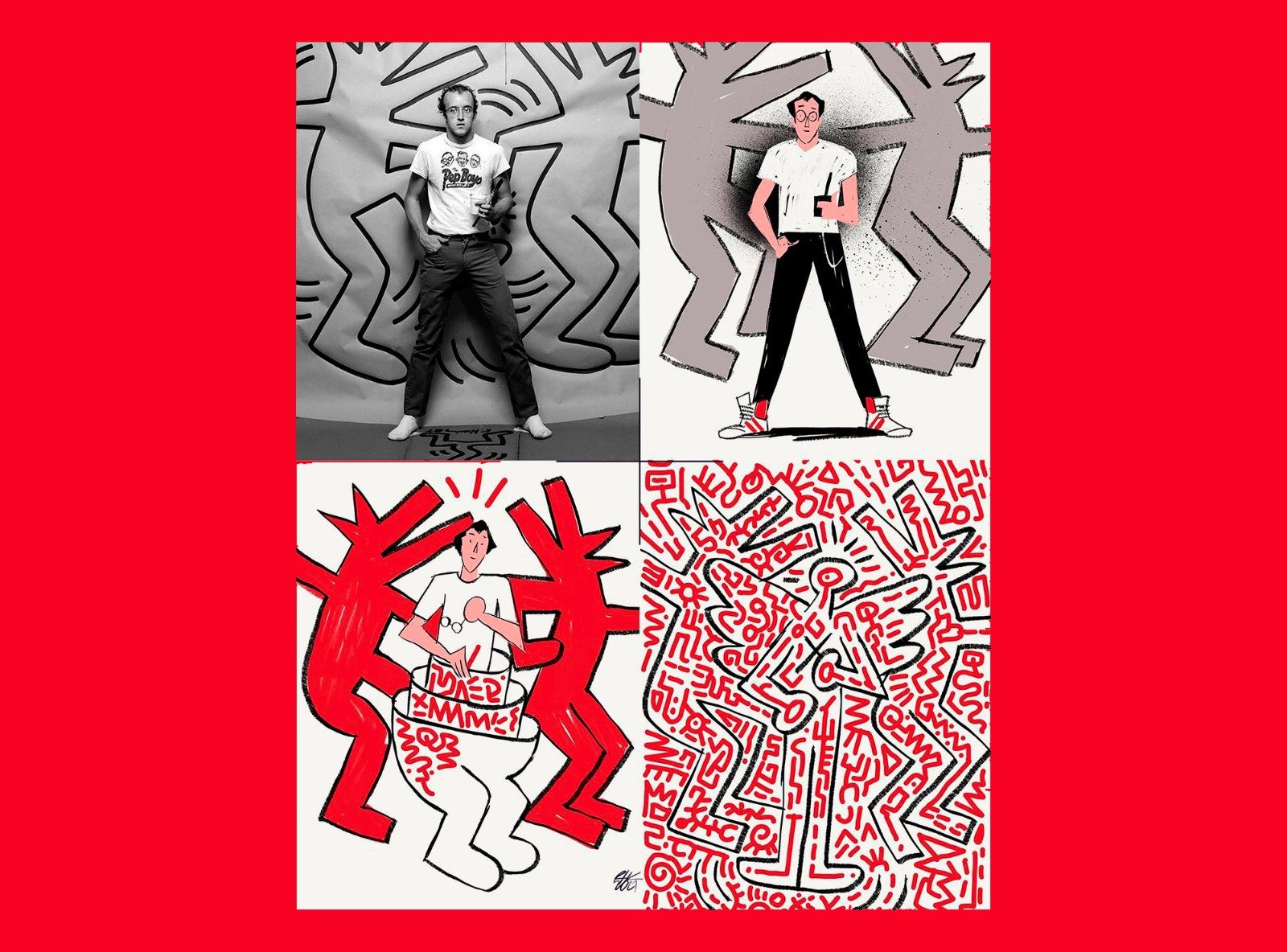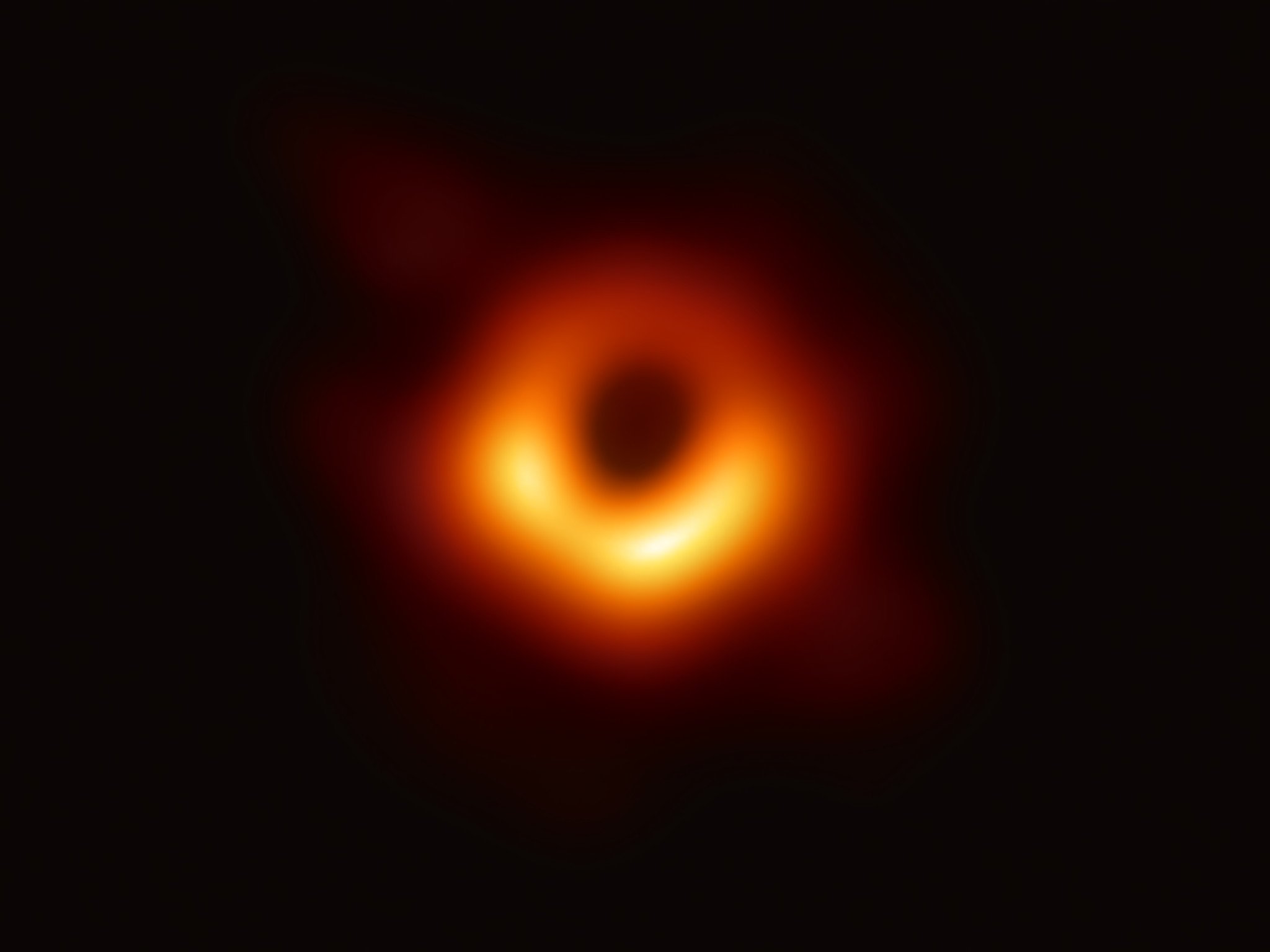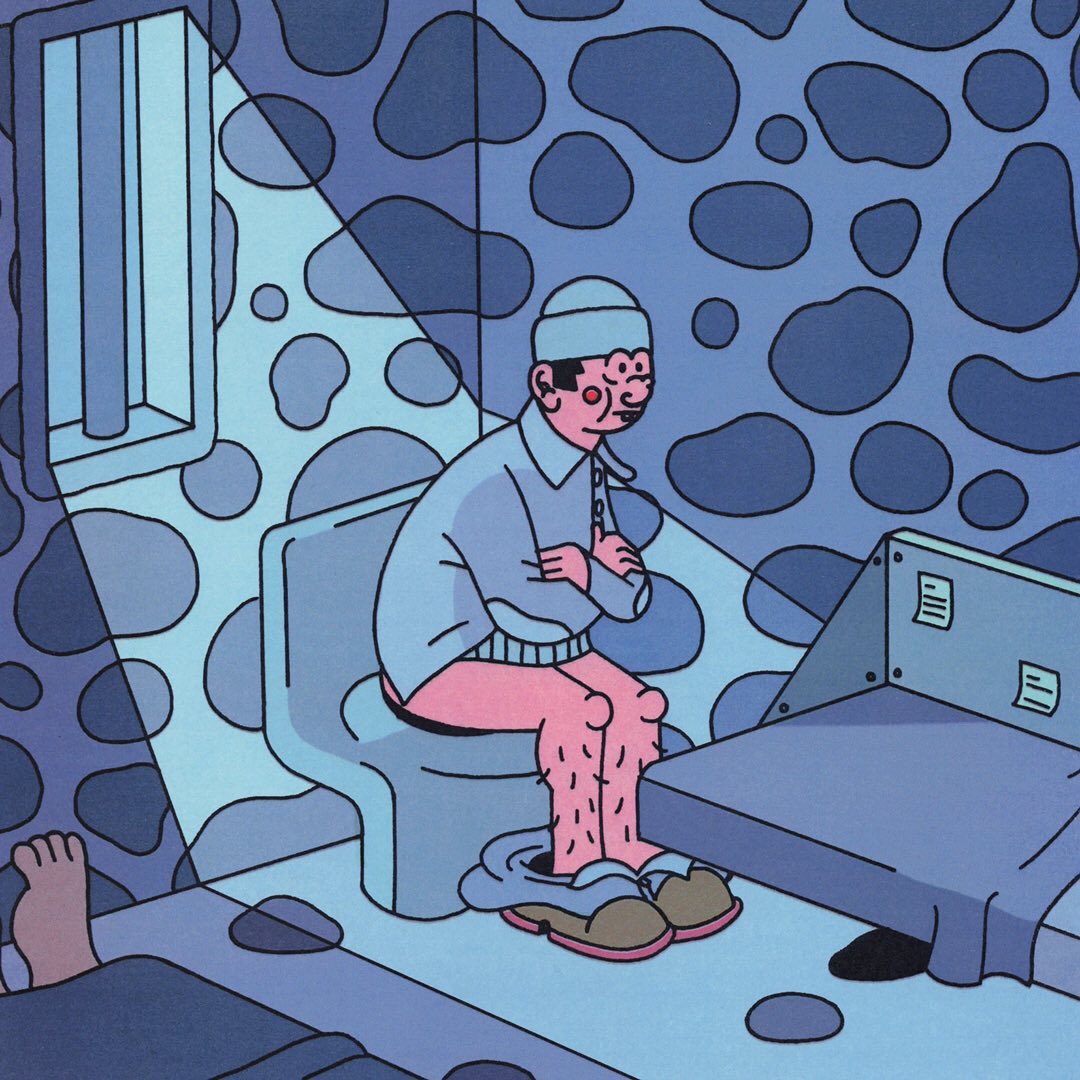Outsiders, indigenous, queer and self-taught, they are the protagonists of the 60th edition of the Venice Art Biennale. Curated by Adriano Pedrosa, Foreigners Everywhere is a celebration of diversity and change, pandering to the urgency that the theme demands. The Biennale has never been more fluid than this, but also so colorful. The color, very present and very bright, only momentarily conceals the emotional density of the sometimes dramatic and sensitive works on display. Starting with the facade of the Central Pavilion, decorated entirely by the Brazilian collective Makhu with the story of the Great Crocodile, which immediately anticipates the mood of the entire exhibition. The foreigner, to quote the title later taken up by Claire Fontaine‘s light installation at the beginning of the itinerary, is here understood in all its facets. Thus Biennial 2024 becomes a dual journey, concrete to refer to those artists who have emigrated from their country of origin or who have chosen a nomadic life, and abstract to address an intimate and identity-based journey. In general, the visuals are many and varied, but it is the textile medium that is particularly recurring. Painting is also quite present, at the expense of technology-such as video installations and digital works-and sculpture, which have been given little space. Perhaps, in this sense, a not entirely truthful view of the art produced by the subcategories, represented and emphasized here, thus offering only the outsider-tradition pair. In fact, the feeling is that of a variety of languages enclosed under an umbrella with a primitive flavor, looking at domestic practices, such as sewing, and natural or reused materials.
With only a few days to go before the official opening to the public, let’s shed some light and, despite the nearly 27,000 people present during the press preview that made it difficult to visit, let’s try to draw our own thoughts, trying to give you some advice, dwelling on one of the projects we liked the most, not surprisingly a video work.

Little sculpture, little technology, but why?
We asked architect and curator Maddalena D’Alfonso, an expert in museum layouts and for years engaged in the study and research of curating and museums in Brazil. «From my humble point of view, the reduction of mediums made by Pedrosa, which saw a lot of contemplative art, that is, pieces on the walls, a few installations and some well-calibrated elements of photography and video art, is due to a cultural operation. He has chosen to musealize the artworks, if you look at the layout and the environment in which he makes the visitor move you find a museum environment, pedestals, white walls, very light captions left and right. This is a precise, intellectual and subtle choice, so many of the works appear for the first time to the public – not only in the Biennale – because they are works by fragile artists from hitherto largely marginalized communities, whose vision can be diminished if you will, so the reduction of the means of expression, to the most natural and easy ones allows art to be seen for what it is, for its beauty and at the same time to historicize the exhibition core. The post-World War II Biennials exhibited only the works of the avant-garde researches expelled and ridiculed by the regimes, despite the fact that they produced more complex and performative forms of art. If you will Pedrosa has performed a similar operation.»

National pavilions, a separate discussion
It is a different matter for the National Pavilions distributed mainly in the Giardini, but which also continue at the Arsenale, including the Italian one this year curated by Luca Cerizza with Massimo Bartolini‘s installation, by the way already presented at the Pecci Center in Prato and which generated not a few controversies. Those who loved it, also because of the theme dedicated to listening to the other, and those who were not won over, such as the mayor of Venice Brugnaro who, during the inauguration, declared “I don’t like it, they are innocent pipes,” aggravating it by playing with the water in the central installation, or again Vittorio Sgarbi who called it “a mockery.” In short, a turbulent edition that even before the opening had seen a series of protests over Israel’s participation, which continued during the preview and saw the pavilion “closed until the release of the hostages and ceasefire.”

Aside from the long lines that made most of the Pavilions unusable, except as a result of interminable waits, the selection is more dynamic and experimental than Pedrosa’s exhibition. From Yuko Mohri at the Japanese Pavilion whom we had already seen at the PAC in Milan, to the French Pavilion that reintroduces textile art but here in dialogue with a video-sound installation with the extremely contemporary language of Julien Creuzet. Less refined is the U.S. Pavilion, which attracts from the outside by the fiery red structure positioned in front of the façade, but disappoints inside with an exhibition by Jeffrey Gibson that, in our opinion, explores American, indigenous and queer history with a modus operandi that is obvious-see the colors and the use of beads-and slightly kitschy. Big hype, on the other hand, for the Holy See Pavilion, displaced from the Biennale’s main venue. It is located at the Giudecca women’s prison and is accessible only by reservation, strictly leaving your cell phone at the entrance. The only work visible from the outside is Maurizio Cattelan‘s, a large painting placed on the facade that visually references the feet in the foreground in Mantegna’s famous painting Lamentation over the Dead Christ.

From outcast to star, Pedrosa’s biennial manages to do it
We would like to conclude this quick report with one of the works that most moved us, underscoring the importance that this Biennale is having in socio-cultural terms. We are talking about Gabrielle Goliath‘s audio-video installation, which, because of its density, would require a separate article. The work is part of the collective exhibition at the Central Pavilion and well clarifies Pedrosa’s intent, to give space to the fragilities of the marginalized, to the point of making them protagonists. In Personal Accounts, the title of the work, it is precisely the victims of patriarchal violence who speak, but not literally. The South African artist Goliath presents a transnational project that is still ongoing, which consists of recording the testimonies of black, dark-skinned, indigenous, femme, queer, non-binary and trans people, removing the sound of words altogether and leaving only the paralinguistic elements, i.e., breaths, moments of silence, swallowing, face and hand movements. Herein lies the pain, she seems to tell us with a delicacy that leaves even the visitors themselves speechless. «This artistic gesture defies the norms of legibility and credibility typically associated with such accounts; it creates a supportive environment in which testimonies can never be disavowed or diminished.»

In short, with so many works never exhibited before and by artists also unknown to many, this is undoubtedly a Biennale all to be discovered at leisure, perhaps on a weekday to enjoy it without the crush of Sunday audiences.



In cover: Facciata Padiglione Centrale, Collettivo Mahku, ph Matteo de Mayda






